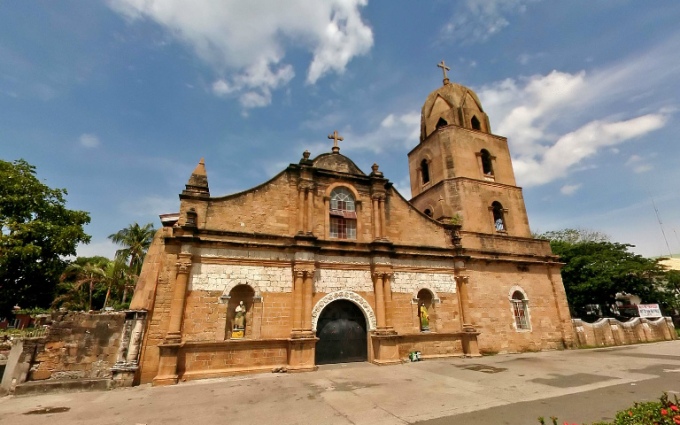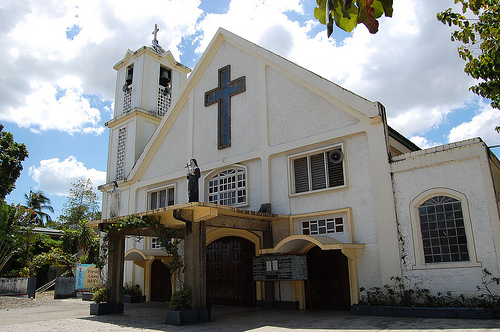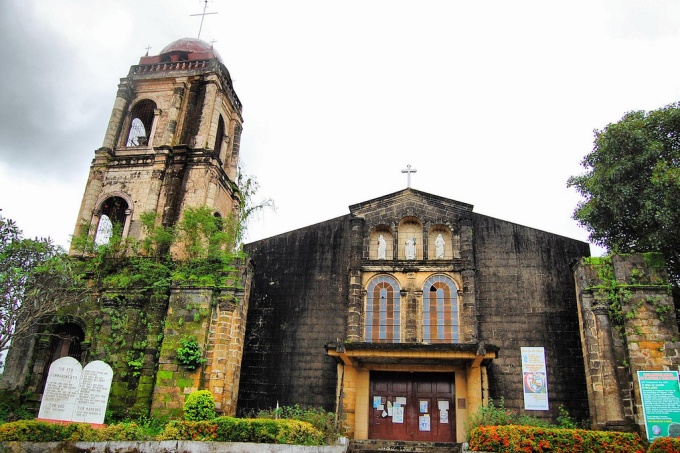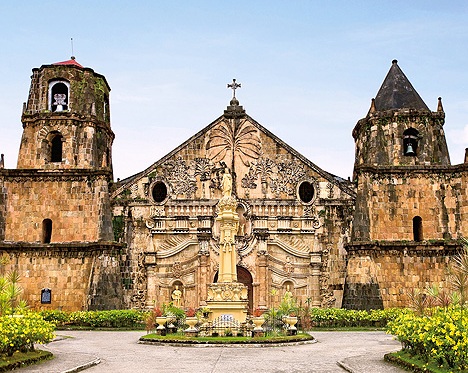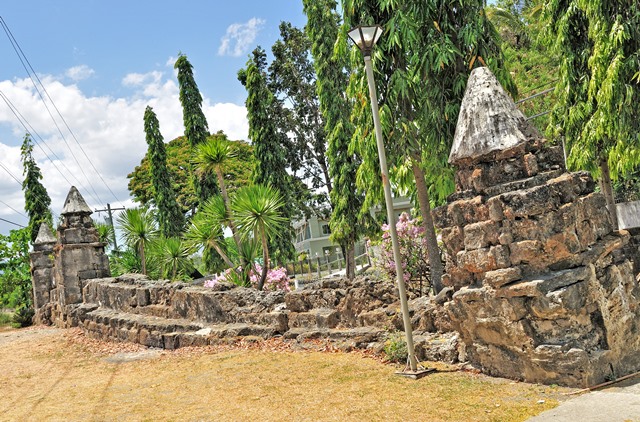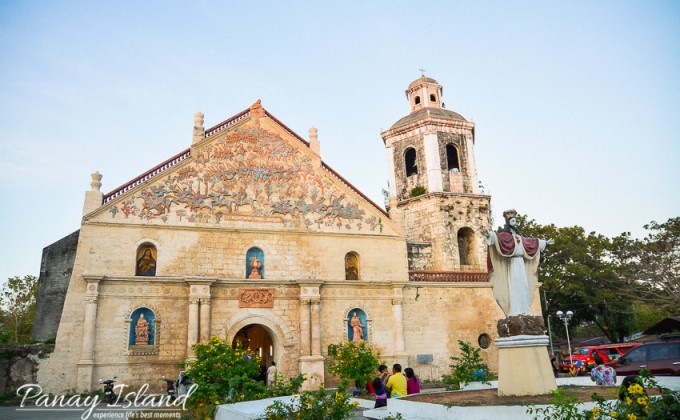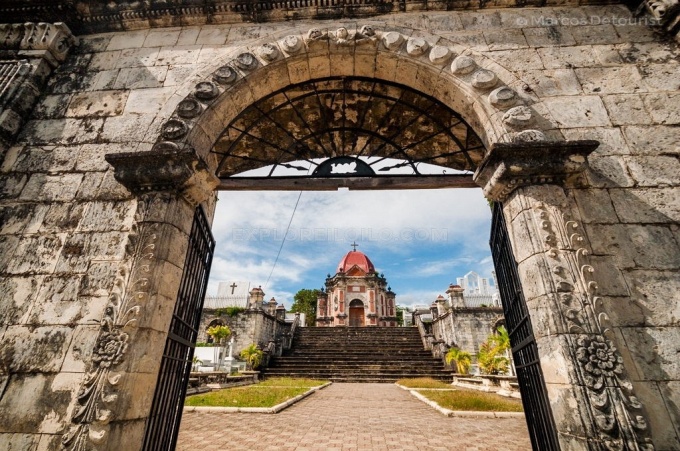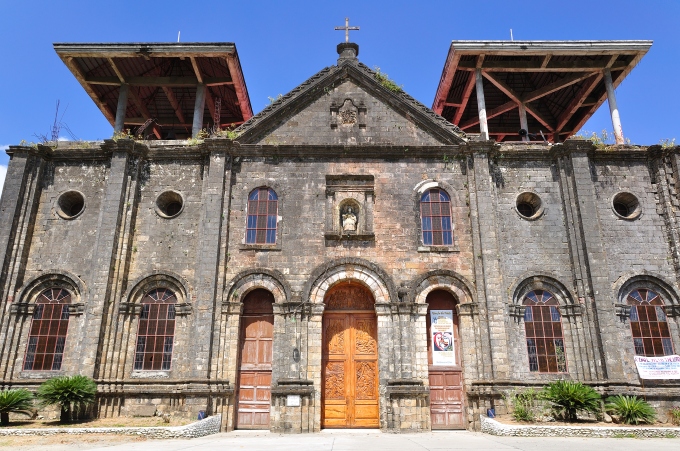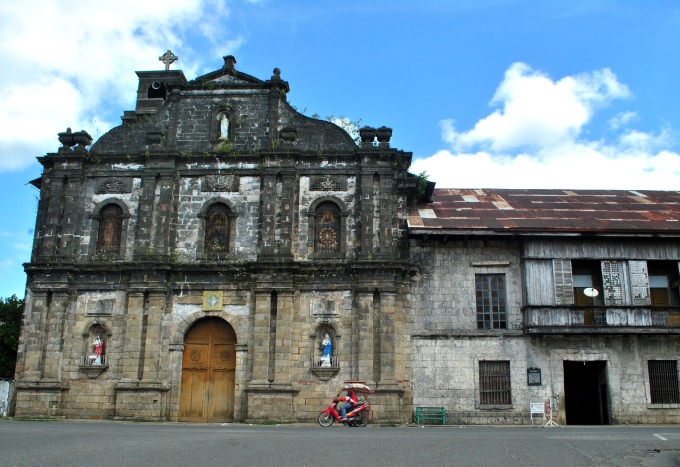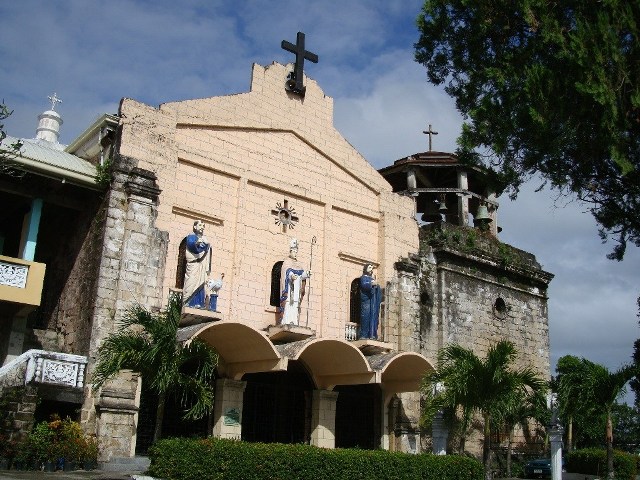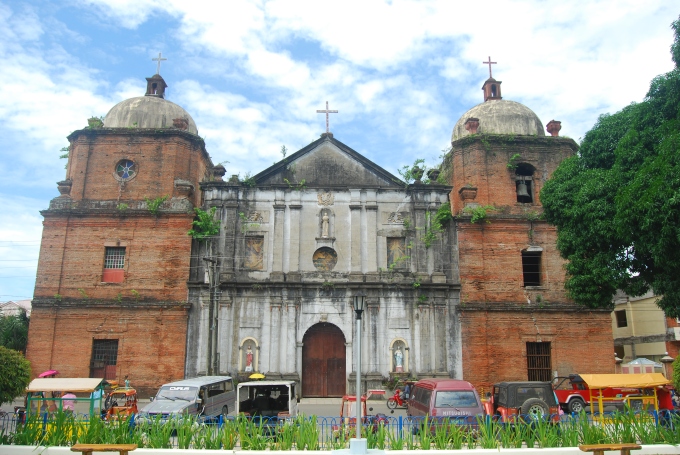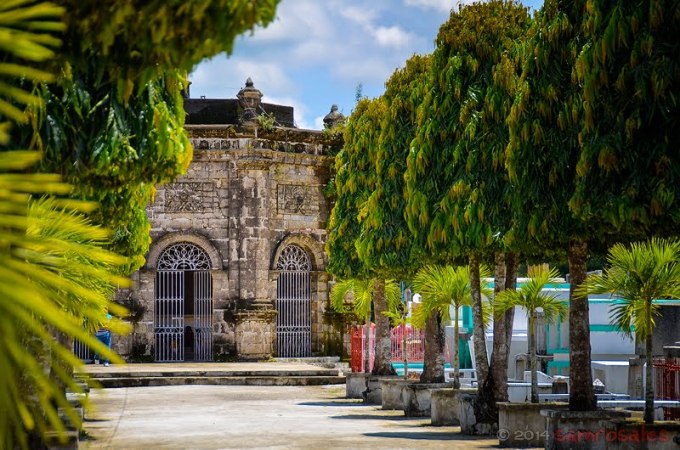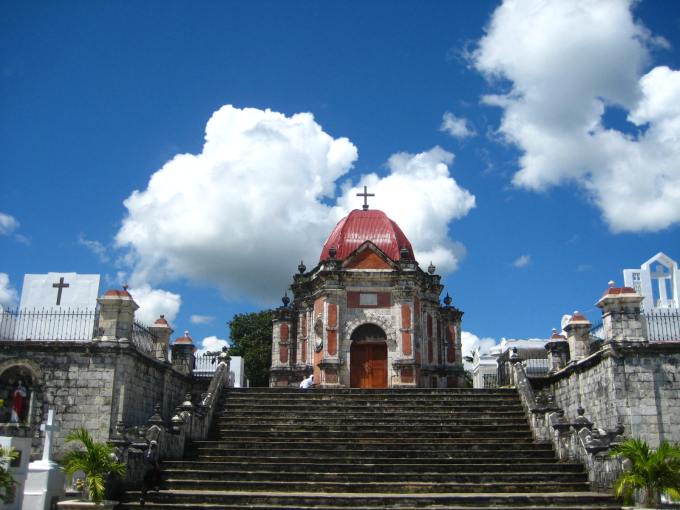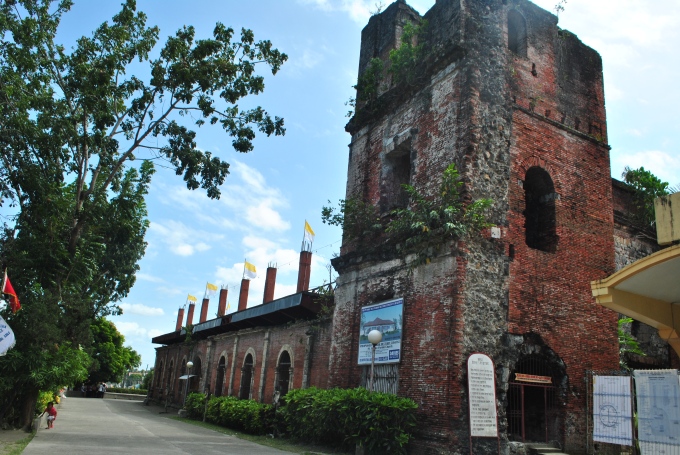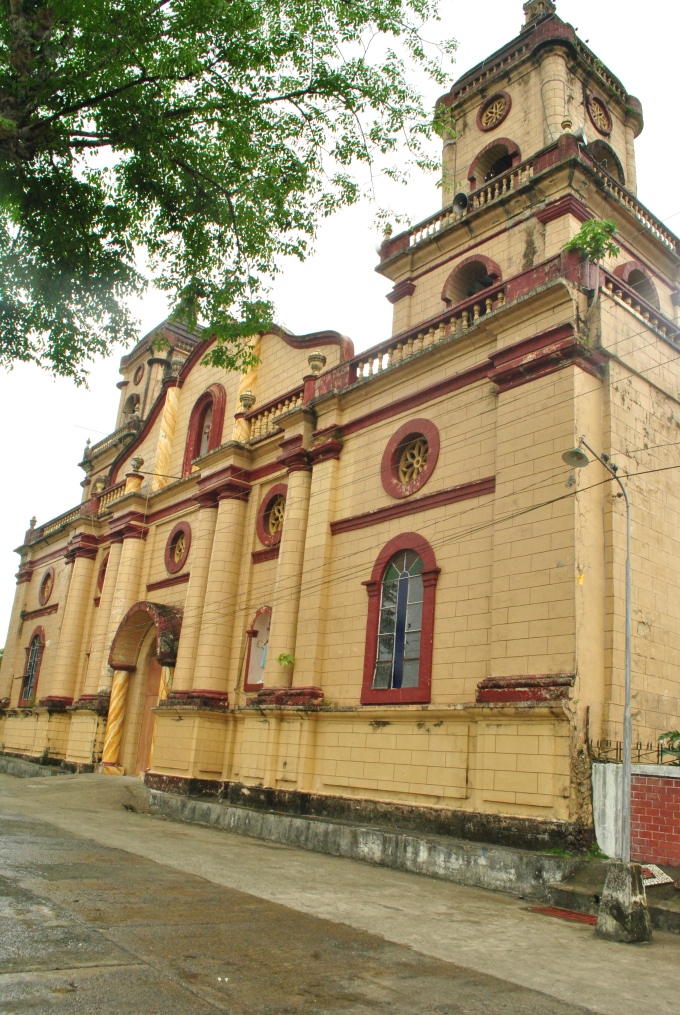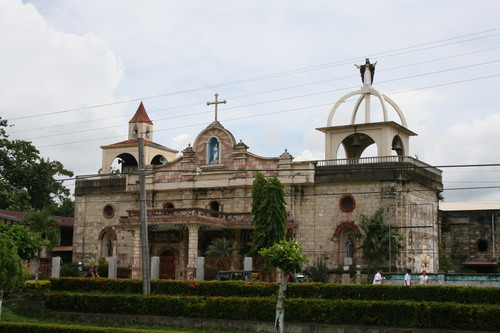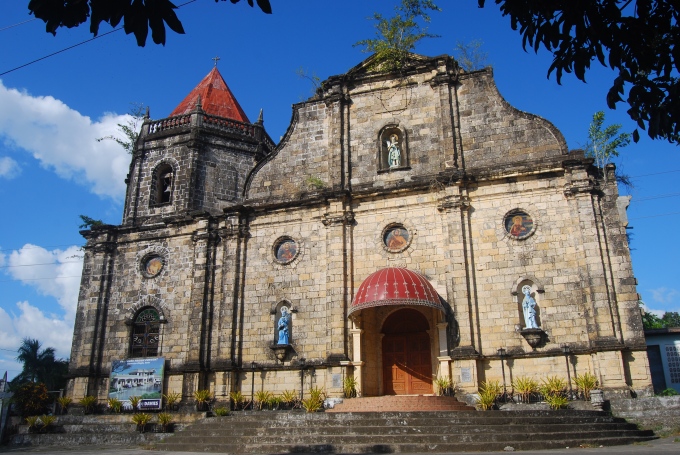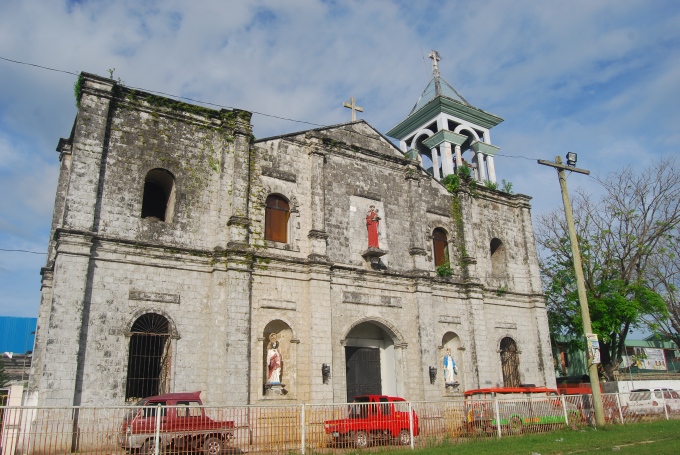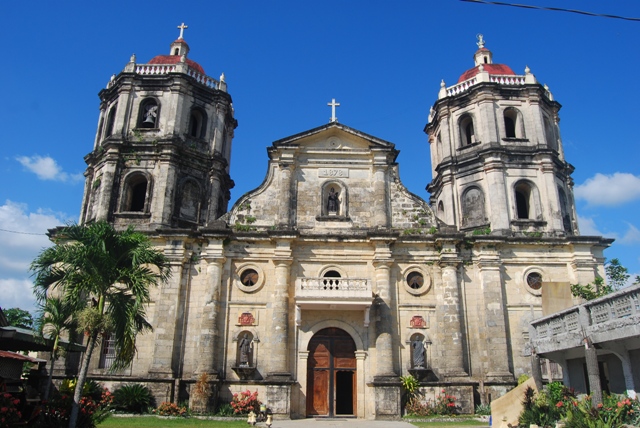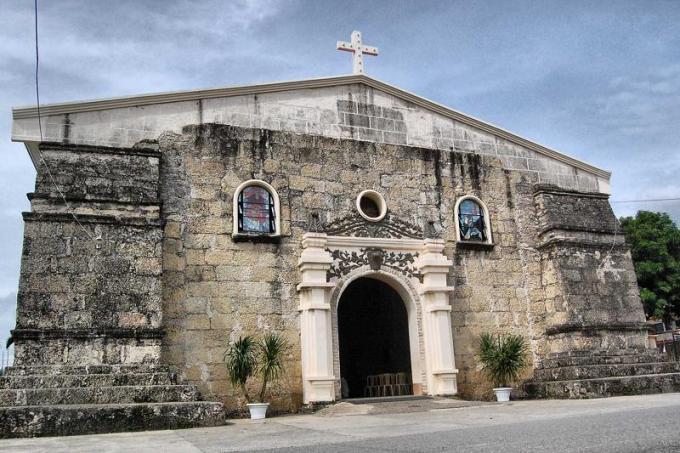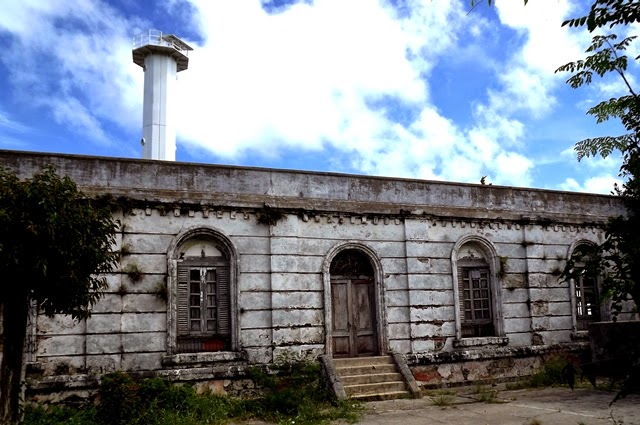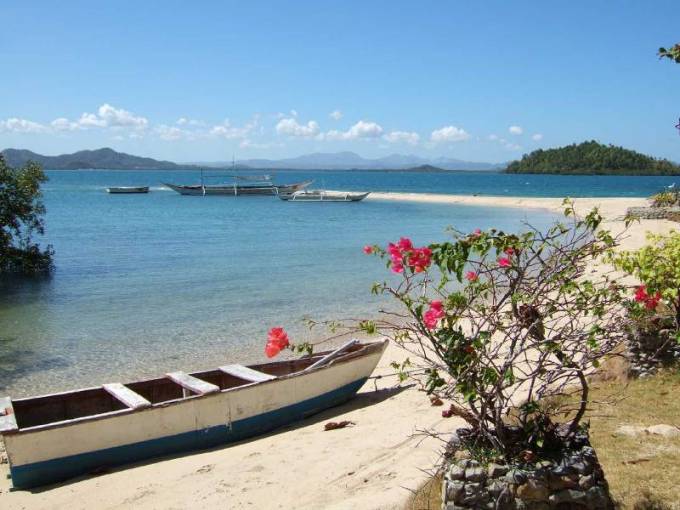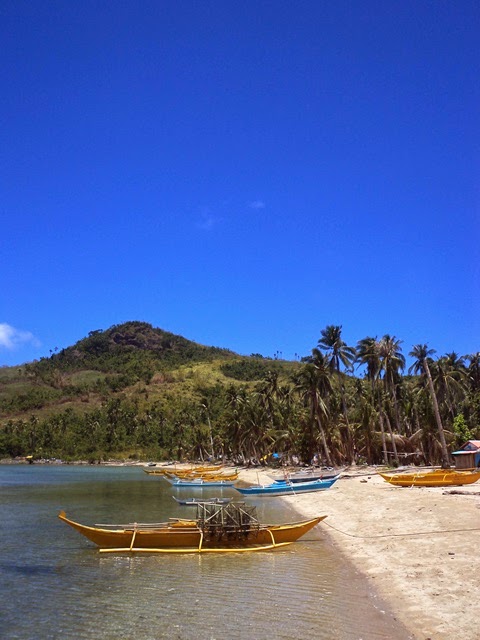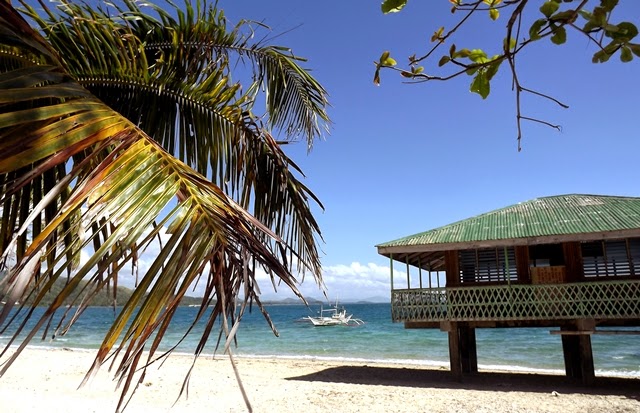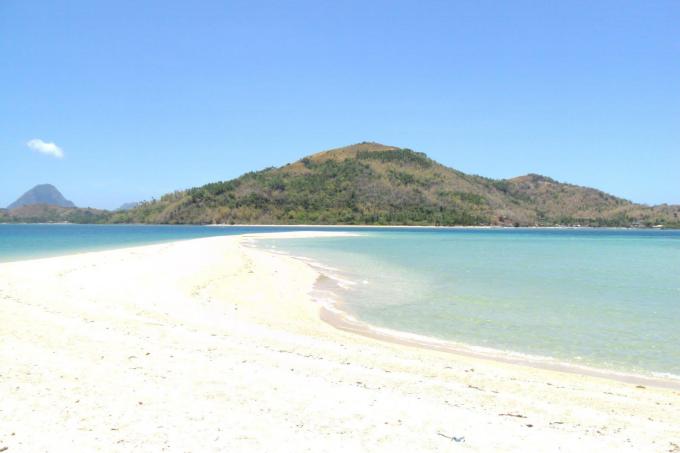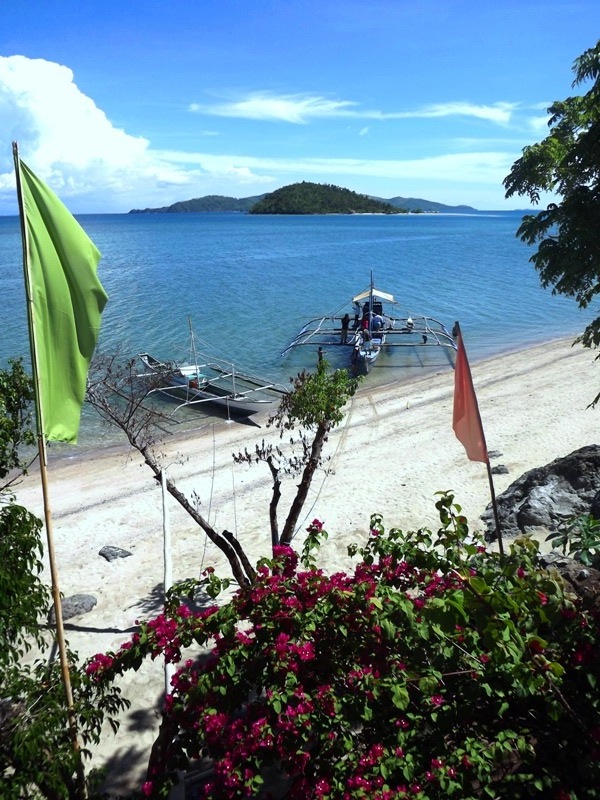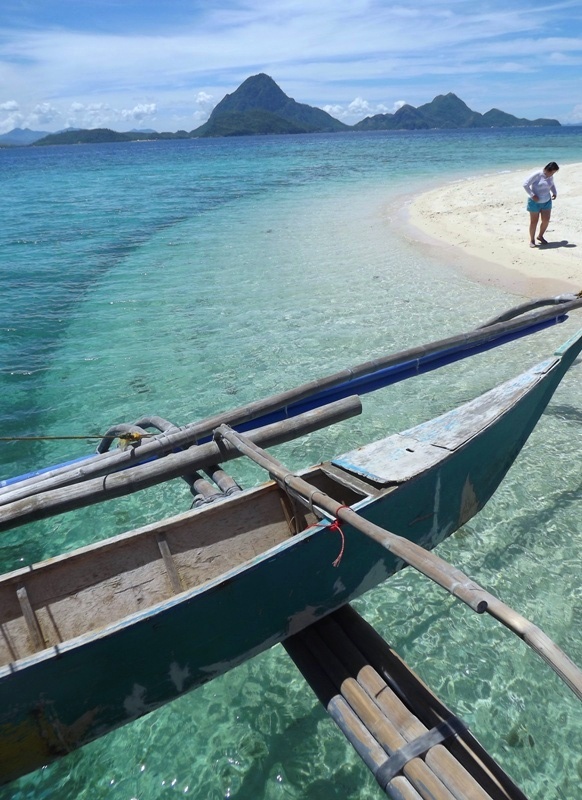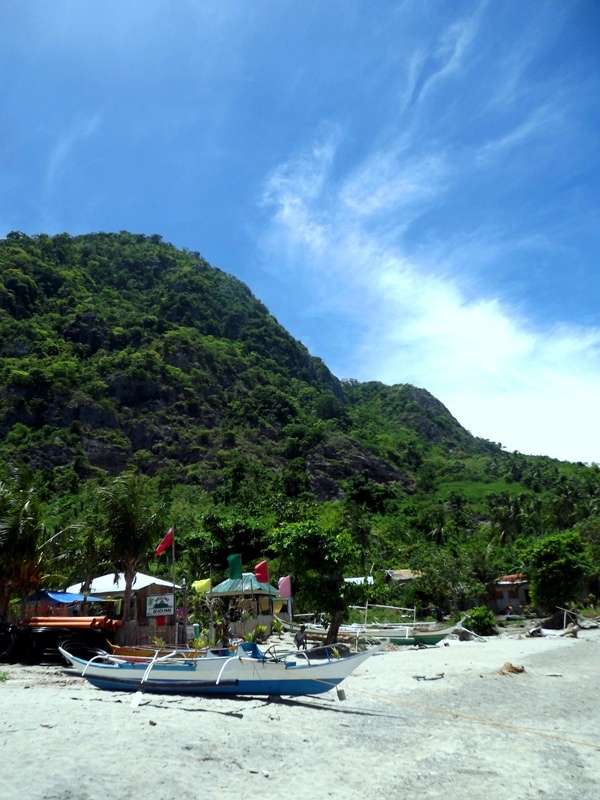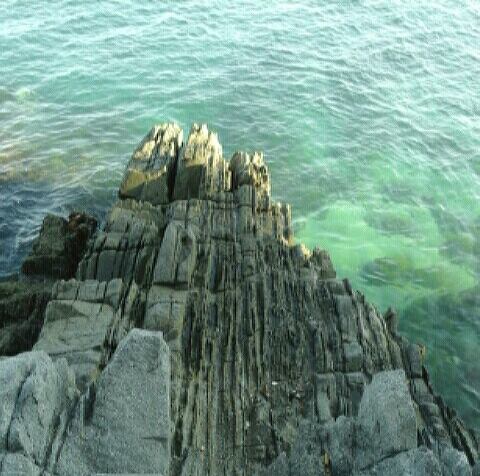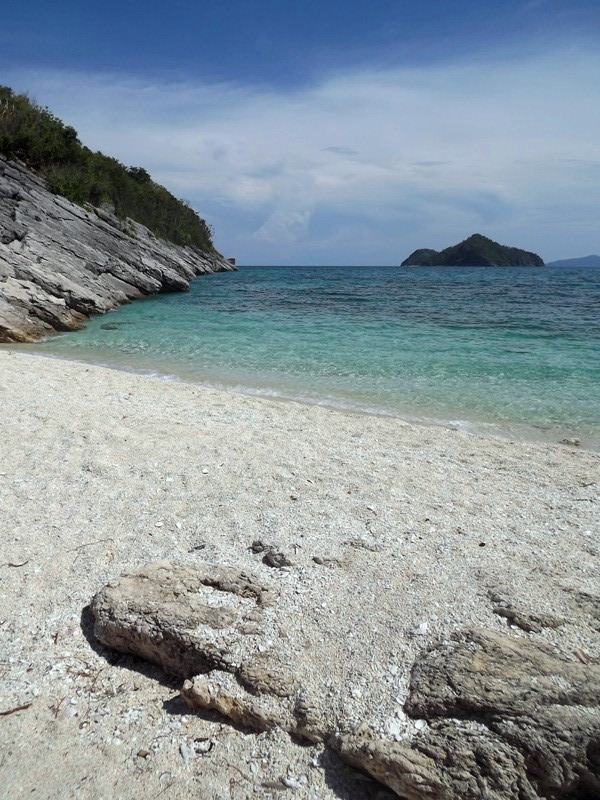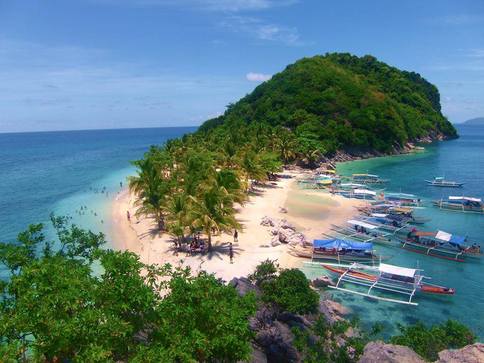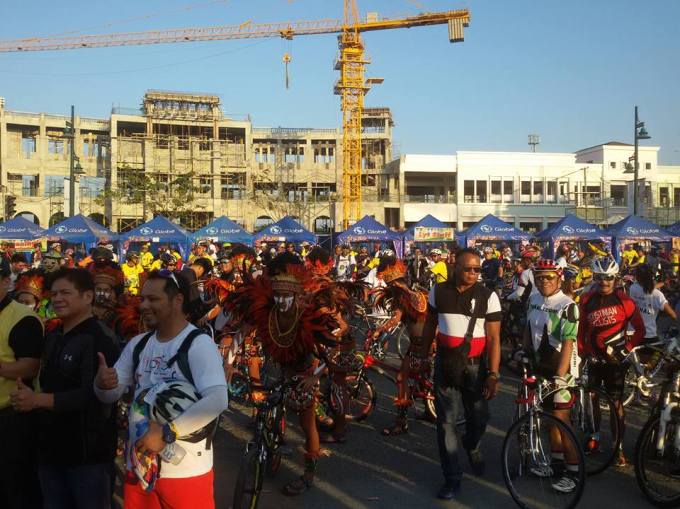The French are synonymous with style—we all want to dress like them—and when it comes to interiors, they’ve mastered that classic and contemporary mix to a T. So what’s the secret to decorating like a French girl? How do they always get it so right? Perhaps the key to achieving that effortless Parisian style is a little nonchalance. Whether it’s the refined classical interiors you admire or the sleek and sophisticated spaces, scroll down for a few styling secrets to get the chic Parisian look in your home.

An uncomplicated color palette will bring balance to your space with a hint of intrigue. Pair complementary colors that sit opposite the color wheel, because they’ll naturally work well together without clashing. But in the words of French interior designer Robert Couturier, a simple palette is best because it’s easy to live with. “It’s easygoing, not complicated, and therefore I think it makes life easier,” he told House Beautiful. “You don’t need to think too much about it. You need to walk into a house and understand it immediately—that creates calm.”

France is steeped in history. From the architecture to the museums, a stroll through the streets of the iconic capital of Paris will transport you back in time, and the French love to bring this sense of history inside. It’s quintessentially French to mix modernism with provenance—parquet floor or gilded bronze hardware with antique furniture. French-Moroccan artist Ramdane Touhami’s Paris penthouse is a prime example of this, featuring radical posters from the 1960s alongside an armchair that belonged to an aristocratic ancestor.

To design a truly chic interior that stands the test of time—and is resilient amid trends—create a balance between Old World elegance and contemporary design. Renowned international architect and French interior designer Robert Couturier mastered the art of fusing eras; a Louis XVI commode would blend seamlessly with a 1960s lamp. In his book Designing Paradises, Robert stresses the “importance of how a home should stimulate the five senses,” from the tactile element of textured upholstery to the “visual presentation of objects.”

The French love to bring an element of fun into the home with artwork. Large abstract paintings, black-and-white photography, sketches, or children’s illustrations will balance out the home’s serious elements—history, architecture, and furniture. Famed French designer Robert Couturier told So Haute that “the presence of art really completes a home,” and we couldn’t agree more.
Paris is famous for its flea markets, which brim with décor, furniture, paintings, jewelry, sculptures, lights, mirrors, antiques, silverware, bric-a-brac, and pretty things. These hidden gems are perfect for display in your home. Layering these throughout your home adds a sentimental touch and visual interest.
Living it up like a Parisian

Tuilleries Garden comes alive with Saint Honore's Atrium
Exquisite and superb in design, the 10-storey new residential tower offered by Iloilo Business Park called Saint Honore, a French-inspired upscale home of its future residents exude passion and eternal colors of Paris. It is a reflection of Rue Saint Honore , an old downtown street in Paris where most of the city’s high-end shophouses, museums, retail stores and boutiques are lining up to define a vibrant ambiance. Such gorgeous scenery is brought to Iloilo Business Park through Saint Honore.

Night shot facade perspective of Saint Honore
The upscale residential tower leaves an impression of stunning lifestyle with its 168 condominium units that comes in various sizes and style. When you want a bit more independent and solo, there’s the executive studio unit. For more spacious and extended passionate lifestyle, you can choose between One Bedroom and Two Bedroom Units complete with lanai and balcony. Bringing pleasure to the next level, the tower’s Third Level Amenity is sparkling with classy amenities such as swimming pool, pool lounge, Jacuzzi, fitness center and function room for various life celebrations.

Facade of Saint Honore outside the Festive Walk Parade at night
A replica of Tuilleries Garden of Paris, Saint Honore’s Atrium located in the ground level is a colourful little haven of relaxation with good air ventilation provided by green landscaped garden, gorgeous trellised seating areas and more space for recreation among residents and their kids. This is the best place to appreciate nature in the middle of an upscale community.
When you step outside the tower, you instantly connect to the grandiose Festive Walk Parade, Iloilo Business Park’s long-stretching shop-and-dine strip with various restaurants and retails shops. Saint Honore’s ground floor is also dedicated for commercial space for shops and bistros. Walking to nearby destinations in Iloilo Business Park is easy when you live at Saint Honore. It is also accessible to a lot of township perks and privileges including an access to the spacious bike lanes of Megaworld Boulevard.
If French interior design mastered the style of contemporary and classic architecture, Saint Honore residential tower rising soon at Iloilo Business Park highlights the same vision of art, color and living perspective that most of us are dreaming of. You can apply all the styles and concept of playful French interior design creativity to your own flat. Living and embracing a life at Saint Honore feels like vacationing forever in Paris.
Invest for your own abode at this stunning residential tower, just call (033) 330-3464 or visit IBP Sales and Information Center.

